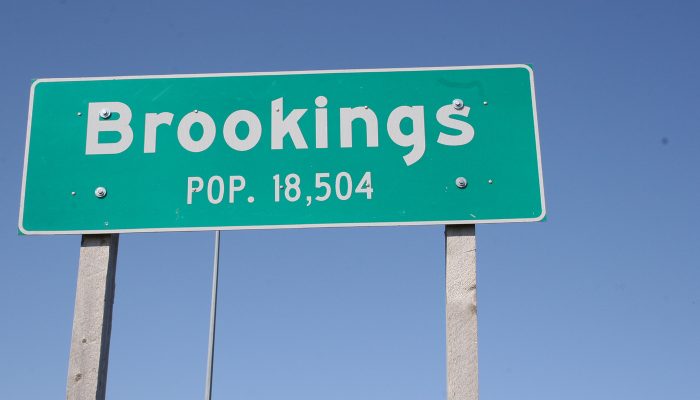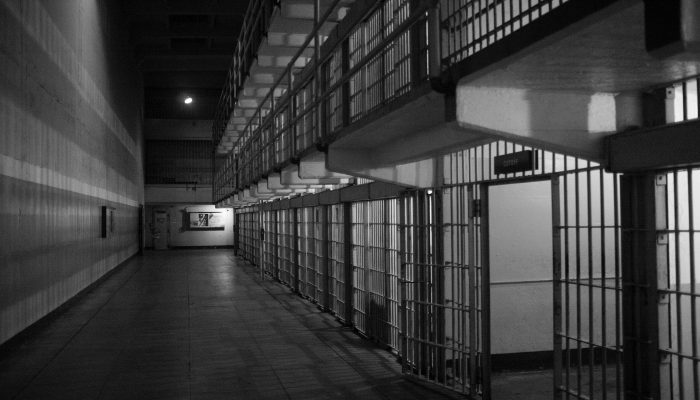In 2009, President Barack Obama signed into law the “Matthew Shepard and James Byrd, Jr. Hate Crimes Prevention Act.” Named for two victims of hate crimes, the act bolstered and expanded the criteria upon which violent crimes could be prosecuted as hate crimes. In addition to crimes motivated by a victim’s race, ethnicity, national origin, or religion, the act further stipulated “actual or perceived gender, sexual orientation, gender identity, or disability.” It also provided state and local governments and law enforcement agencies with funding to aid hate crime investigations.










